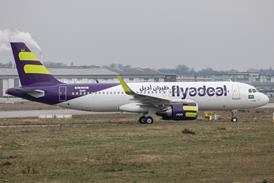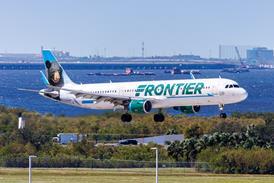PAUL LEWIS / WASHINGTON DC
Programme continues but funding difficulties lie ahead as service looks to international participants for help
The US Navy has awarded Boeing and Lockheed Martin follow-on contracts to further define their competing multi-mission maritime aircraft (MAA) concepts for replacing the P-3C Orion and EP-3 Aries.
The navy is considering international participation to shore up financial and political support for the $3 billion programme, due to enter system development and demonstration (SDD) early next year.
Boeing and Lockheed Martin have each received $20.5 million contracts for component advanced development (CAD) phase two. This follows completion of an initial $7 million CAD phase awarded last September. CAD is intended to mitigate risk, define systems architecture, examine costs and outline plans and schedules for SDD ahead of final selection.
"Costs will come more into focus in the new phase as companies define architecture and training costs from their modelling. We don't want to get into SDD and find costs have gone up," says Cdr Joe Rixey, Naval Air Systems Command, MMA team lead. Boeing is studying a 737-700-based solution, while Lockheed Martin is looking at a next-generation Orion 21 version of the P-3 turboprop.
A final selection is due early next year, but many industry observers continue to express scepticism that there will be the necessary funds to develop and produce a new platform. CAD funding has been trimmed, delaying work on a planned intelligence version to replace the EP-3, while the2004 budget request contains only $76 million out of the $2.17 billion needed for SDD over the next five years. The planned start of MMA low-rate initial production has been delayed two years to 2009 and it will not enter service before 2012.
One source of extra funding could be international participation, with the programme office looking at the US-led nine-nation Joint Strike Fighter (JSF) programme as a model. "We're not copying JSF, but trying to capture all its goodness. What we're looking to do is build a truck with open system architecture," says Rixey.
The number of partners, however, may be limited. Australia, Canada, the Netherlands, New Zealand and Spain have, or are planning, P-3 upgrades, while a funding shortage is delaying Germany's planned joint purchase with Italy of a new aircraft. Japan operates the largest non-US Orion fleet and "would be a difference maker", says an industry executive. Japan has a memorandum of understanding with the USN to jointly study avionics and sensors, but is determined to develop its own planned P-X.
Source: Flight International























